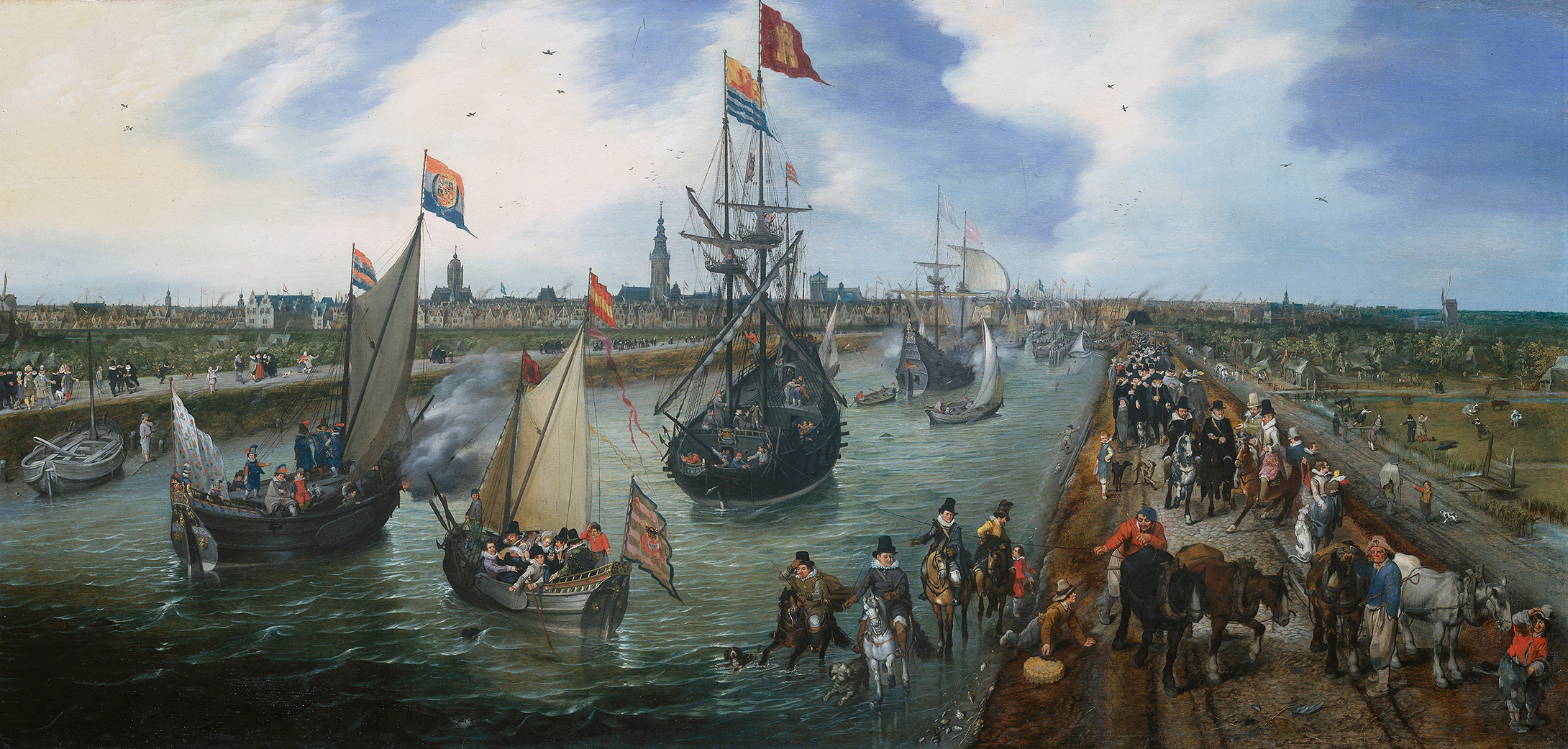The Dutch Golden Age was a period in the history of the Netherlands, roughly spanning the era from 1588 (the birth of the Dutch Republic) to 1672 (the Rampjaar, “Disaster Year”), in which Dutch trade, science, and art and the Dutch military were among the most acclaimed in the world. The first section is characterized by the Eighty Years’ War, which ended in 1648. The Golden Age continued in peacetime during the Dutch Republic until the end of the century, when costly conflicts, including the Franco-Dutch War and War of the Spanish Succession fuelled economic decline.




